When we discuss prepping and self-sufficiency, the topic of gardening seems to dominate the discussion.
Pretty much anything related to food production is of high interest for most of us. Traditional gardening, although it is becoming “outdated,” is still up for grabs. However, preppers are also looking for other means to produce food, like aquaponics. I suggest we lift the bar a little bit higher and start looking into water gardening.
Let’s say you have a standing source of water on your property, do you know you could use it to grow some extra crops?
To your surprise, there are quite a few nutritious aquatic and wetland plants that you can benefit from. How about growing some wild rice or watercress?
I’ve rarely seen the water garden topic debated within our community, and this happens mostly due to the lack of knowledge, and the overall thinking that “it sounds too complicated.”
I think we should leave aside the fear of the unknown and venture from our typical raised beds of tomatoes and cucumbers. We should start giving the world of lotus root, wild rice, and taro a chance.
Why aren’t there more water gardens?
Although most of us have eaten one or more aquatic plants at one time or another, such plants are not the standard diet of Americans. Even homesteaders believe that growing an edible water garden seems too much of a hustle.
However, in other parts of the world, water plants are a valuable food source, and they are treasured for their nutritious properties. They are the standard repertoire of vegetables. Water spinach, for example, is one of the most common leafy green in Southeast Asia, where is consumed daily by millions of people.
In Chinese cuisine, water chestnuts are often used in stir-fried dishes, and you’ve probably eaten some when going to your favorite Chinese restaurant. You’ve seen the lotus flower during your walks in the park, and you’ve stopped to admire it, but did you know the roots of the plant are edible? In Japan and India, it serves both as a decorative plant and as a food source.
The elephant plant, known as Taro, is grown for its leaves in North America, but in Africa is actually a staple food, as well as in countries in the South Pacific. The edible corns are poisonous if eaten raw, but if you cook them, the poison is removed, and they are safe to eat.
Other edible water plants, such as rice and cranberries, are less foreign to our diet. Even so, creating an edible water garden requires experimenting and a general interest in having alternatives to common crops.
Tips for configuring your water garden
Some people spend a lot of time learning about ornamental water gardening, and if you happen to be one of them, you already have pretty much all the knowledge needed to grow a water garden.
In fact, it has pretty much the same structure, and there are five basic planting zones for growing a water garden:
- The water’s edge areas which are used for plants that like wet soil, but not standing directly in water.
- The margins for plants that emerge just a few inches of water
- Shallows which are the planting ground for reeds and other grass species
- The deep-water zones which are the perfect spots for emergent plants that grow from large tuberous roots
- And open water for the floating plants that do not need anchored roots
Most of the aquatics you can grow in your water garden will fit into one of the categories from above. The main two exceptions are watercress, and wild rice since these plants require running/flowing water to grow.
One important thing that is mandatory to be noted is that you will need access to your water garden when building it.
If you have a terrestrial garden with raised beds, you’ve probably arranged a pathway for accessing each bed. These pathways are indispensable for work such as planting, tending, and harvesting the produce. In comparison, arranging a pathway in your water garden is impossible.
The main option for reaching your aquatic plants is to invest in a good pair of waders with suspenders—the type which fishermen are using when they need to get wet. You will need to strap these on every time you have to take care of your aquatic plants.
An ornamental water garden requires “pristine water” to keep a clean look, but you don’t have to worry about sloshing around in your edible water garden. There’s no problem if you stir up sediment and if you create cloudy water. The plants aren’t bothered and you’re not aiming for looks here.
Some people that are creating water gardens prefer to grow mostly marginal and shallow-water plants because they want to access the plants from the shore. It’s less “messy” for them.
When it comes to deep-water species, you may want to plant them in submerged planters mounted on casters. To best way to stay dry is to attach a polypropylene rope to each planter and pull it ashore when you need to tend the plants. You can even tie rocks to the rope every few feet to prevent the rope from floating on the surface of the water. It’s both an esthetic and protective measure.
Keeping your water garden clean
You won’t have to worry about pumps, liners, filters, and other things that are common in ornamental water gardening. However, I do recommend having a way to filtrate the water that goes into the pond or at least the means to test the water. You have to take steps and prevent polluted run-off from harmful chemicals from leaching into the water.
If you store construction materials on your homestead for DIY projects or other needs, do so away from your pond. If you do so, you will help prevent leaching of heavy metals or other chemicals into the water.
Think about it like this, the chemicals and pollutants leaching into the pond may not be strong enough to kill the plant, but they will build up in the tissue of the plants you are growing. Eventually, they will find a way into your body, and you end up serving your family with plants that may look good but are unfit for human consumption.
Planting and harvesting
Just as with any traditional garden, the hardiness zone plays an important role in the success of your crop. Most of the edible aquatic plants you can grow are of tropical and subtropical regions. Therefore, you can grow these in temperate climates during the frost-free months.
Tropical plants can be grown in temperate climates, but many do not grow well enough to produce a good harvest. With that in mind, make sure your water garden is located in a sunny area. An area with southern exposure will ensure the longest possible growing season.
I also recommend starting your plants in a greenhouse to get a jump start and be able to speed the growing process. You can improvise a floating dome using PVC pipes covered with clear plastic.
The best part about aquatic edibles is that such plants require little to no maintenance compared to terrestrial plants. You need maintenance for your pond, but that’s another subject. There’s no need for weeding or stalking, and most importantly, you won’t have to waste time with watering work.
Even so, you have to consider the fertilization of the plants, in order to boost the growing and harvest stages. Use the same type of fertilizers you can find on the market that are used for decorative pond plants. Unfortunately, you need to fertilize the plants if you have to deal with a short temperate growing season. Without this care, your plants will not be able to reach a harvestable size.
Final words
The first thing that comes into the minds of people when discussing water gardening is the size. They envision large water ponds with all sorts of aquatic plants growing in it. That doesn’t need to be the case, and you can start a water garden at any scale you want. You don’t need a large pond to make it work.
Even the tiny patio fountain you have can support enough watercress to provide a tasty bite once a week. However, if you own a large homestead with a proper naturalized pond that is fed by a stream, I recommend considering growing various aquatic edibles. You could have a successful wild rice crop, and you could also grow lotus flowers for both esthetic and harvesting purposes.
Start small and experiment with a few plants each year to see what grows best. Afterward, you can settle on a certain crop. I believe that a water garden is a good alternative to terrestrial gardens. It takes so much less work, and it provides tasty crops.


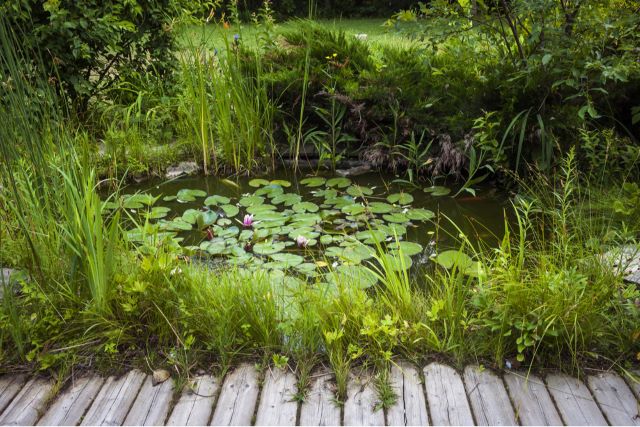

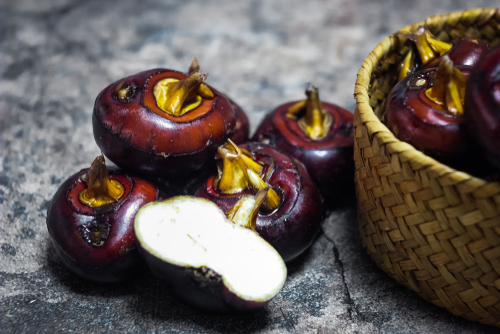
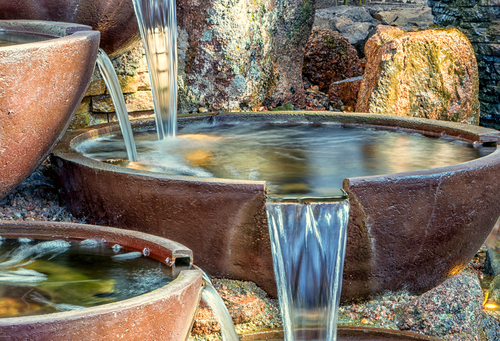
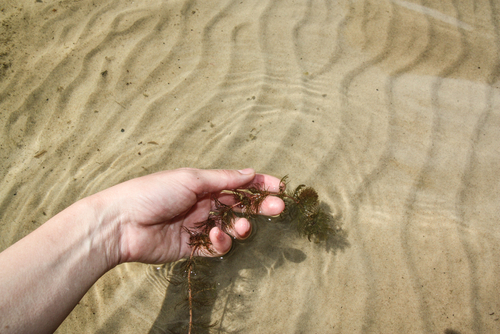
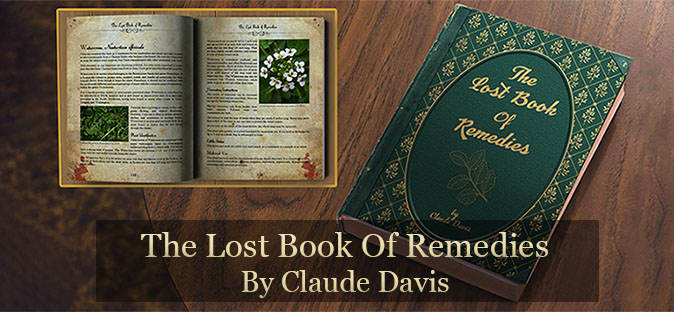
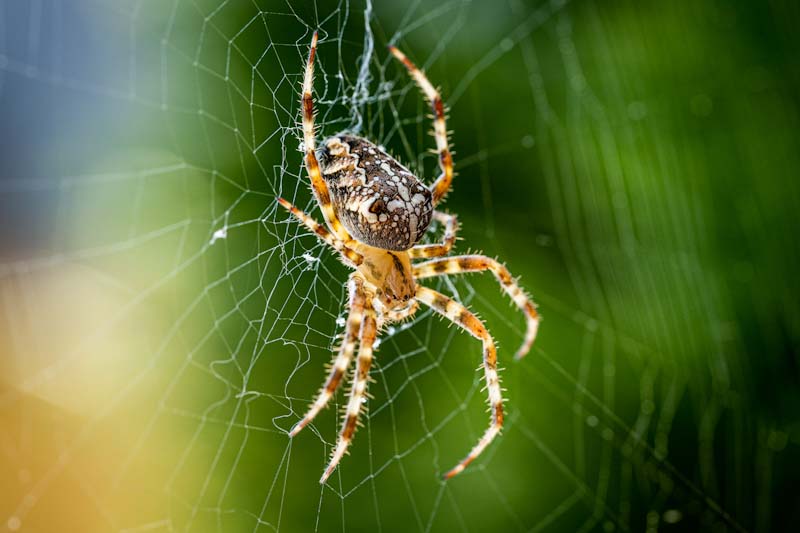
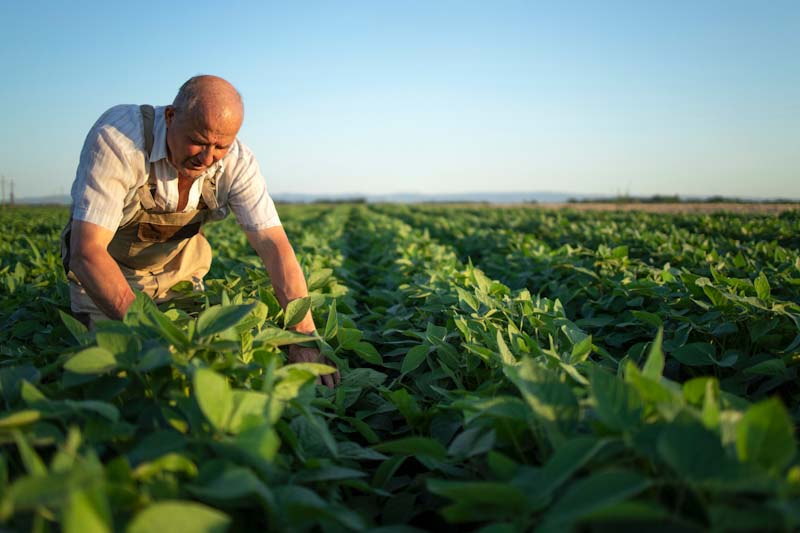
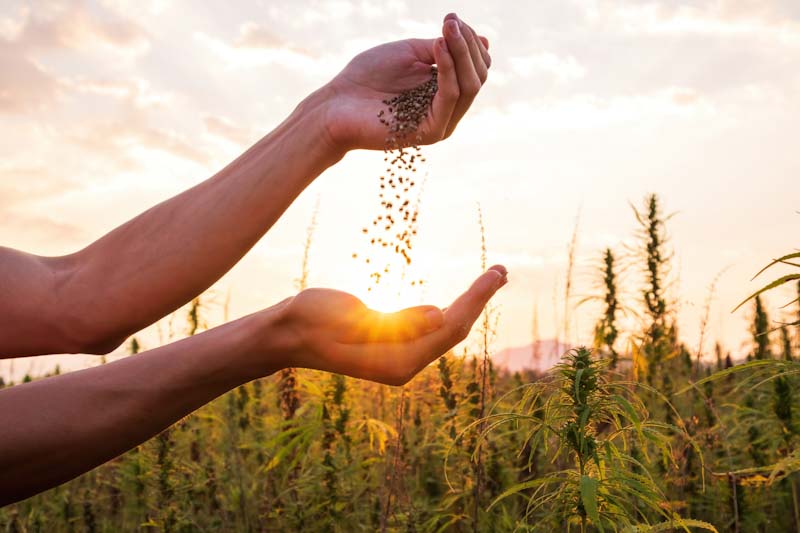
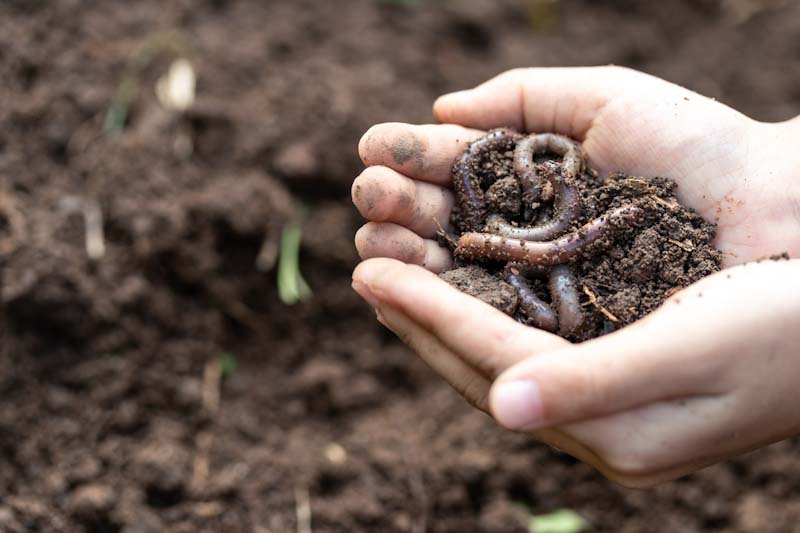


Charles R. Goldman | August 17, 2020
|
Very interesting. but a problem is that most ponds do not have inflow outflow and become eutrophic as fertilization from birds and especially Canada geese fertillize the ponds which become sources of toxic Bluegreen algae (cyannobacteria), As global warming progresses as it certainly is this summer eutrophication becomes an increasing problem limiting our ability for aquatic gardening. Any suggestions for ponds? Cat tails are one source of heart of palm like food but beyond that I have no further suggestions. Do you? In the mean time my” heroictoad “posts on Instagram provide cartoon coverage of the Washington DC swamp and Tad’s efforts to clear the toxic political environment.
Bill In Idaho | August 17, 2020
|
Some Brilliant and Beneficial Ideas, Bob. Thank You.